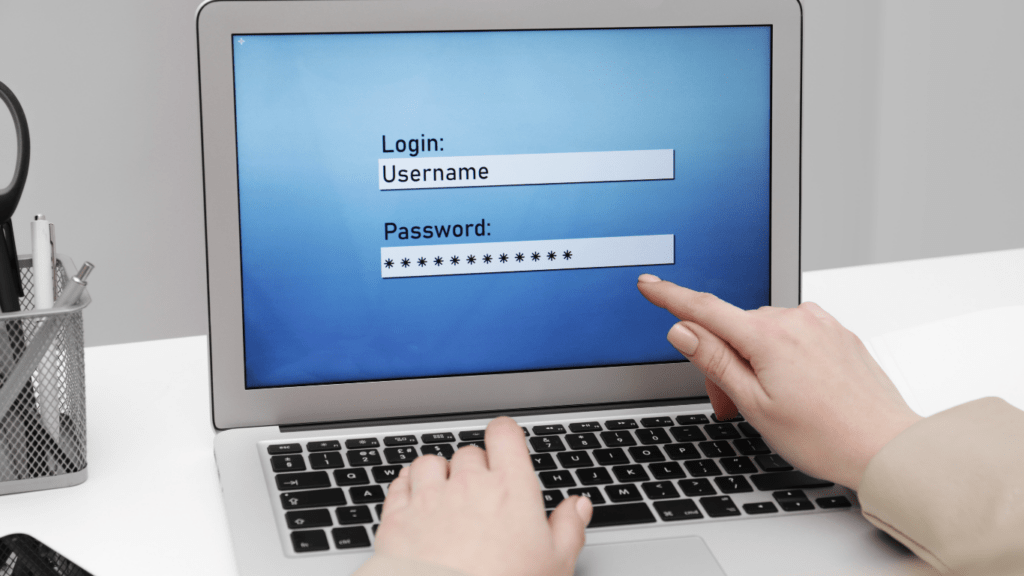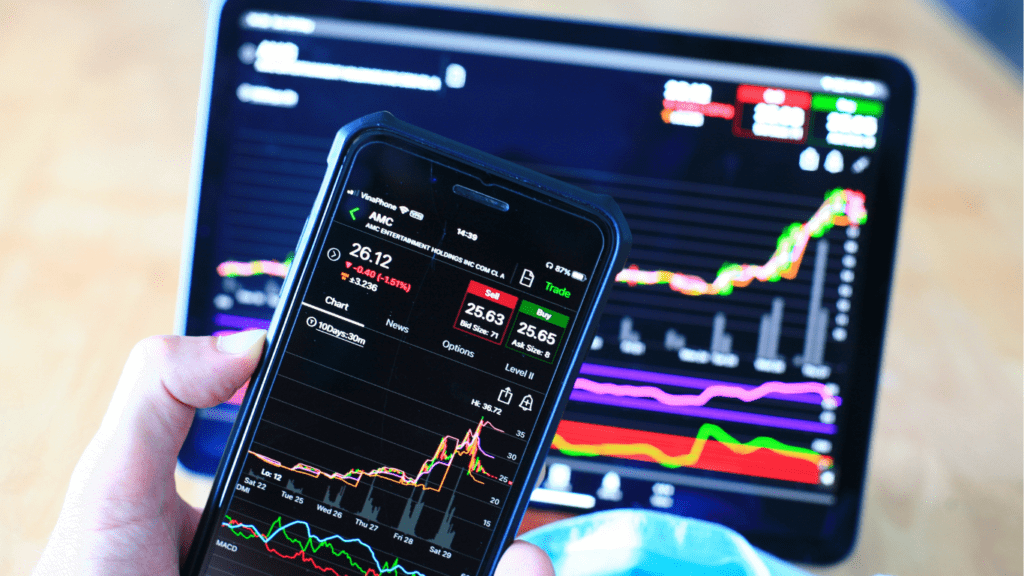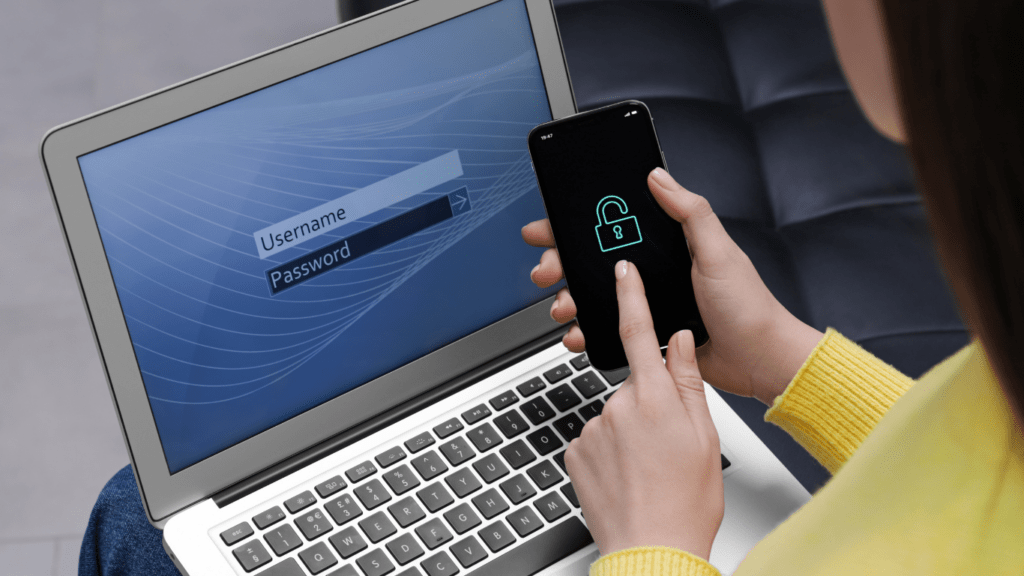Understanding Crypto Wallet Security
Securing your crypto wallet is essential for protecting your digital assets. Understanding the various types of wallets and potential threats helps ensure effective security.
Types of Crypto Wallets
Crypto wallets come in different forms, each with unique security features. There are two primary categories:
- Hardware Wallets: These are physical devices storing private keys offline. Known for high security, examples include Ledger and Trezor.
- Software Wallets: These exist in different variants, including desktop, mobile, and web wallets. While convenient, they can be more vulnerable to online attacks. Examples are Exodus (desktop), Mycelium (mobile), and MetaMask (web).
Each type offers varying levels of security.
Common Security Threats to Crypto Wallets
Crypto wallets face several threats that can compromise their security:
- Phishing Attacks: Fraudsters use fake communications to steal private keys or personal information.
- Malware: Malicious software can infect devices, leading to unauthorized access to wallets.
- Social Engineering: Attackers manipulate individuals into disclosing sensitive information.
- Physical Theft: Loss or theft of physical devices like hardware wallets results in loss of access to crypto assets.
By recognizing these threats, users can take steps to safeguard their wallets effectively.
Best Practices for Securing Your Crypto Wallet

Securing your crypto wallet involves several key practices. These include using strong passwords, enabling two-factor authentication, and keeping your software up to date.
Using Strong, Unique Passwords
Passwords form the first line of defense. Always use a unique password for your crypto wallet. Incorporate a mix of uppercase letters, lowercase letters, numbers, and special characters.
Avoid easily guessable information like birthdays and names. Consider using a password manager to generate and store complex passwords securely.
It’s vital to never reuse passwords across different platforms to minimize the risk of multiple accounts being compromised.
Enabling Two-Factor Authentication
Two-factor authentication (2FA) adds an extra layer of security. Enable 2FA in your crypto wallet account settings, using apps like Google Authenticator or Authy for one-time codes.
This ensures that even if someone obtains your password, they can’t access your wallet without the second verification step. Avoid using SMS-based 2FA if possible, as it’s vulnerable to SIM swapping attacks.
Keeping Software Up to Date
Always install updates for your wallet software. Developers release updates to patch security vulnerabilities and enhance functionality. Regularly check for and promptly apply these updates.
This practice prevents attackers from exploiting known weaknesses in outdated versions of the software. Enable automatic updates if the option is available to ensure you’re always using the latest version.
Advanced Security Measures
Advanced security measures offer robust protection for crypto wallets, minimizing risks and enhancing overall security.
Using Multi-Signature Wallets
Using multi-signature wallets adds an extra layer of security. These wallets require multiple private keys to authorize a transaction. This makes it harder for unauthorized users to access funds.
For example, a 2-of-3 multi-signature wallet needs two out of three private keys for authentication.
Multi-signature wallets prove useful for businesses where different team members control funds. Even if one private key gets compromised, unauthorized transactions remain impossible without the other keys.
Well-known multi-signature wallet providers include Electrum, BitGo, and Armory.
Hardware Wallets for Enhanced Security
Hardware wallets offer superior protection by storing private keys offline. Unlike software wallets, hardware wallets don’t connect directly to the internet, reducing the risk of hacks and malware attacks. Popular hardware wallets include Ledger Nano S, Ledger Nano X, and Trezor Model T.
Hardware wallets provide secure transaction signing by keeping the private key within the device. Users must physically verify transactions on the device, adding another layer of security. Regularly update firmware to benefit from the latest security enhancements.
Recovery and Backup Strategies
Securing a crypto wallet involves not only preventing unauthorized access but also ensuring easy recovery if access is lost. Using strong backup and recovery methods can safeguard digital assets effectively.
Setting Up Secure Backup Options
Using multiple backup locations shields crypto wallets from potential loss. Storing backups on encrypted USB drives, external hard drives, or cloud services with end-to-end encryption ensures added layers of security.
Hardware wallets provide built-in backup features, generating recovery seeds for restoration. Creating geographically diverse storage locations further minimizes risks from physical damage or theft.
Importance of Recovery Seed Management
Managing recovery seeds correctly is crucial for asset security. Writing down recovery seeds on paper and storing them in secure locations like a safe deposit box or a fireproof safe prevents unauthorized access.
Avoiding digital storage for recovery seeds protects against hacking attempts. Regularly reviewing and updating recovery strategies can address potential vulnerabilities.






